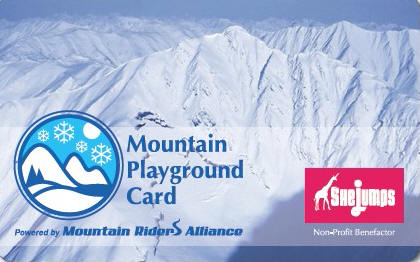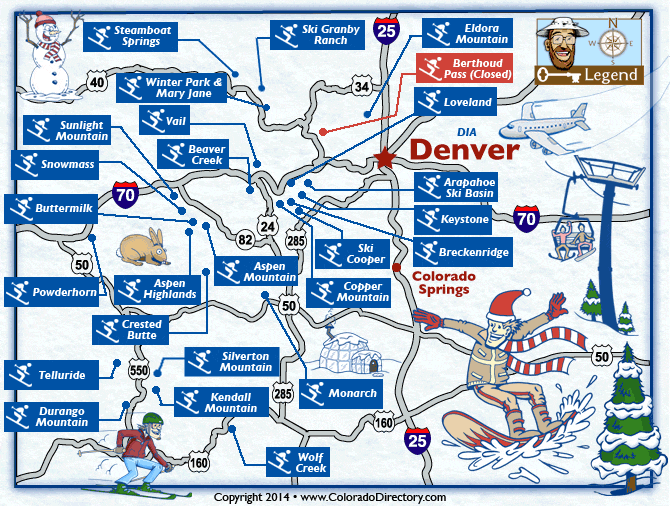Last week the ski world reverberated with the news that Vail was entering into an agreement to buy Whistler Backcomb, arguably the crown jewel of Canadian ski resorts, and one of the best and largest in the world.
This is anything but small potatoes. Vail is spending $1.1 billion for the acquisition, or $1.4 billion Canadian. As part of the deal, Vail would acquire 100 percent of the stock of Whistler Backcomb and Whistler Blackcomb shareholders would receive C$17.50 per share in cash and 0.0975 shares of Vail Resorts common stock, for a total value of $27.38 per share or C$36.00.
There’s no denying that Vail has been on a bit of a spending spree, buying nine resorts in three countries in less than six years. Here’s what they’ve acquired over the past fourteen, and for how much:
- 2002 • Heavenly, California: $99.2 million
- 2010 • Northstar At Tahoe, California: $63 million
- 2012 • Kirkwood, California: $18 million
- 2012 • Afton Alps, Minnesota; Mt. Brighton, Michigan: $20 million
- 2013 • Canyons, Utah: $305 million (50-year lease)
- 2014 • Park City Mountain Resort, Utah: $182.5 million
- 2015 • Perisher, Australia: $136 million
Can they afford it? According to Jason Blevins of the Denver Post, “Vail Resorts last fall reported $1.4 billion in revenue for fiscal 2015, marking the sixth time in the last decade the company’s annual revenues surpassed the billion-dollar mark. The company showed a 36 percent in EBITDA to $365.8 million in fiscal 2015 and strong sales of its popular Epic Pass in the spring of this year has the company tracking toward another record year for fiscal 2016.”
In a nutshell, they’re doing well. And if they can afford it and it fits with their business plan, well, they’re free to do as they like.
For skiers, the benefits of all these acquisitions are obvious: Ski areas are capital intensive, and Vail’s deep pockets can mean greater investments in things like lifts, snowmaking, grooming, on-site amenities, and so on. It might even mean better salaries for resort employees, which can help attract top tier people to its resorts. And it can mean investments in more and better non-skiing activities, which are essential in turning its resorts into four-season destinations — critical for their survival in the face of climate change. What’s more, a growing roster of mountains under the Epic pass umbrella gives skiers greater access to some of the best skiing in the world. Nothing wrong with that.
But still, I’m conflicted. Like a lot of people, I’m not convinced that the Vail-ification of the ski world is a good thing. I’m always a little nervous when one company gets too big in any particular industry, and I’m afraid this is what we’re seeing here. Sure, Vail is doing well now. But as a publicly traded company — and a big one, at that — Vail is certainly captive to the crazy gyrations of the stock market. A bad stock year can cause problems not just at the Mother Ship, but at all its resorts, across the board. What’s more, Vail has a responsibility to its shareholders to continually improve its bottom line. And this doesn’t always engender practices that are to the customers’ liking. If Vail decides to increase its lift prices, for example, a lot of people at a lot of mountains are screwed. The competitive incentive is gone. And that’s not good.
For the acquired resorts, there’s the issue of having a remote corporate overlord. Will decisions have to be approved by someone hundreds of miles away? Everything from expansion plans to the color of ski school jackets may now have to through a number of corporate layers. Will pay for employees go down, instead of up? Will issues that affect the community get the consideration they deserve? And will the acquired resorts become more and more homogenized, so they bear more resemblance to one another and lose the characteristics that once made them so unique?
I’m also worried about the tremendous influence a company as large as Vail has in the ski world. Whatever Vail does — good or bad — can have a profound effect. If Vail offers a particular amenity, for example, a lot of other resorts are going to feel pressure to do the same, whether it makes sense or not.
Which leads me to the following: all this makes it increasingly difficult for smaller ski areas to survive What’s the incentive for a skier to go to a smaller, independent resort, if they can purchase an Epic pass and have access to multiple resorts for the same amount they’d spend for one? And with Vail having such deep pockets for investment, how can a smaller area compete? Before you shake your head and say, well, that’s the market at work, survival of the fittest and all, consider this: Since the 1980’s, roughly 33% of US ski areas have gone out of business and up to 150 more are considered threatened by industry experts. Sure, there are a lot of factors that have caused this to happen. Many of these places were smaller Mom and Pop hills. And though they had limited lifts and trails, they also nurtured beginner skiers and served as feeder hills for resorts like Vail. What’s more, they offered something larger resorts generally lack: a measure of character and community involvement that goes to the heart of what skiing is all about.
Are there ways for smaller areas to stay competitive with the Vail behemoth? Not many. In recent years, the ski industry has seen little to no growth, so skiers who go to one resort tend to take business away from someplace else. In short, one resort tends to cannabilize another. For example, Vail sold about 50,000 season passes less than a decade ago. Now the number is closer to 550,000. These skiers are choosing Vail over some other resort. And while it’s great for Vail, it’s not so great for wherever it is they’re not going.
One organization that’s trying to help stem the tide is Mountain Riders Alliance, which has made it its mission to champion smaller areas that are environmentally friendly and have a positive effect on the local community. I’ve written about them here and here, so if you want to find out more about the good work they’re doing, take a look.
The bottom line is this: Vail Resorts may be getting bigger and bigger, but I’m not sure that’s best for the ski industry. What do you think?



